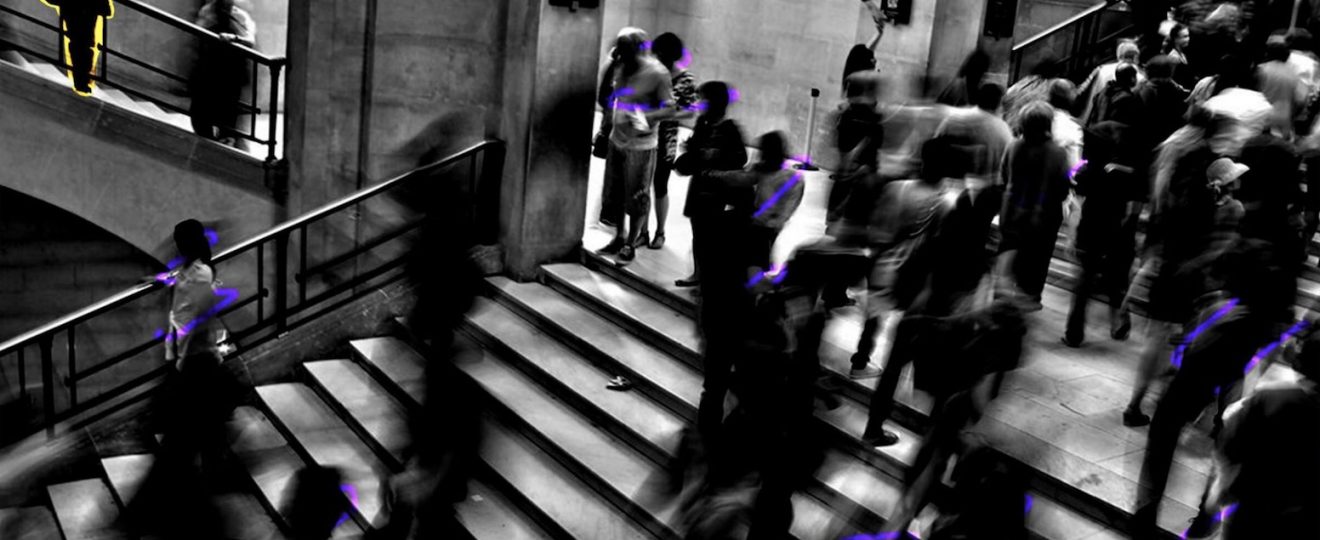Anyone can see that times are changing. The world is vastly different today than it was fifty, ten, even five years ago. My ninety-year-old grandmother grew up riding her horse for miles to school every day across the Saskatchewan prairie, and now she is alive to see humans planning the first manned expedition to Mars. In my case, at 20 years of age, I’ve become so used to owning an iPhone that I can no longer imagine life without it, and yet, when I was a child, I could have never imagined the opposite. Times are changing indeed.
“Fewer people are getting married, fewer people are having children, more people live alone than ever before, fewer people are volunteering in their community, and fewer people are religious- suggesting a decline in religious community and connections.”
All of these significant, positive, technological changes and advances come at a cost, however, because, along the way, human beings have become far less social than even ten years ago. One might think that with the creation of smartphones, we would have become more social, as we have social media, after all–and can basically connect with whomever, whenever we want. However, the complete opposite is true. Social isolation is spreading at a rate faster than ever before, and actual human connections have become far less common and less valued. Today, we pass off a text, a “like,” or an online comment as a socially acceptable form of communication, and allow ourselves to communicate with one another in the most impersonal, disconnected of ways. True human connections are rare in frequency and so we forget the value and importance of them. With the rise in basic text-speak as the often-used primary source of communication and the decrease in real human relationships, loneliness levels are at an all-time high, according to a 2018 survey conducted by Cigna. According to the survey, only 53% of Americans have daily meaningful in-person interactions with other people. Not surprisingly, the study found that those who do have daily meaningful in-person interactions are far less lonely, and their mental health is simply overall better than the almost-half of the population without the meaningful, personal, daily touchpoints.
There are two types of loneliness: reactive loneliness and chronic loneliness.
Reactive loneliness can happen during significant life transitions, such as moving to a new city, a breakup, starting a new education or career path, or the death of a loved one, but chronic loneliness is a different type of loneliness that is etched in the brain and is much harder to address. Chronic loneliness can happen when an individual does not have the means to go out and be social, perhaps due to a mental health issue that prevents them from being social, or they simply lack a social circle. Unfortunately, chronic loneliness is on the rise and is a symptom of social isolation.
Fewer people are getting married, fewer people are having children, more people live alone than ever before, fewer people are volunteering in their community, and fewer people are religious- suggesting a decline in religious community and connections. It’s difficult to pinpoint what exactly is causing this increase in social isolation; however, the rise of technology seems to be a good starting point. A study released in the American Journal of Preventive Medicine found that the more time someone spends on their phone and on social media, the more lonely and socially isolated they feel. Those who had more screen time had fewer personal interactions, and more virtual interactions, suggesting that in-person, face-to-face interactions are very important for our mental health.
Along with our relatively new smartphones (the iPhone is only twelve years old!) comes the dismissive attitude towards meaningful human connections, and a greater acceptance for impersonal, sometimes even anonymous communication. For a friend’s birthday, it is socially acceptable for people to post on each other’s Facebook timeline, or post on their Instagram story, and a few texts here and there have become a socially acceptable way of catching up.
Sometimes, this can be a positive thing, like when our schedules get really busy and it’s harder to stay in touch, or when people live far away from one another and can’t meet in person, but it becomes a problem when people are capable of having meaningful interactions and choose virtual ones over personal ones.
How can we combat social isolation and loneliness? The answer is simple: see people face-to-face more! No one wants you to give up your smartphone or cut out your social media, but we shouldn’t let these things get in the way of having meaningful connections with those around you.
art by: Mafer Martinez




